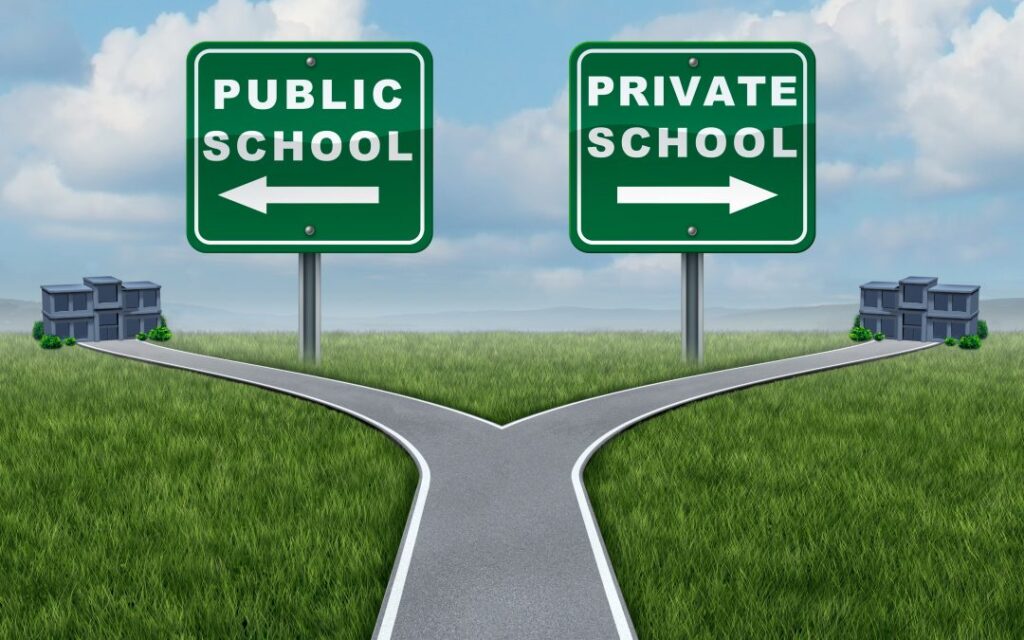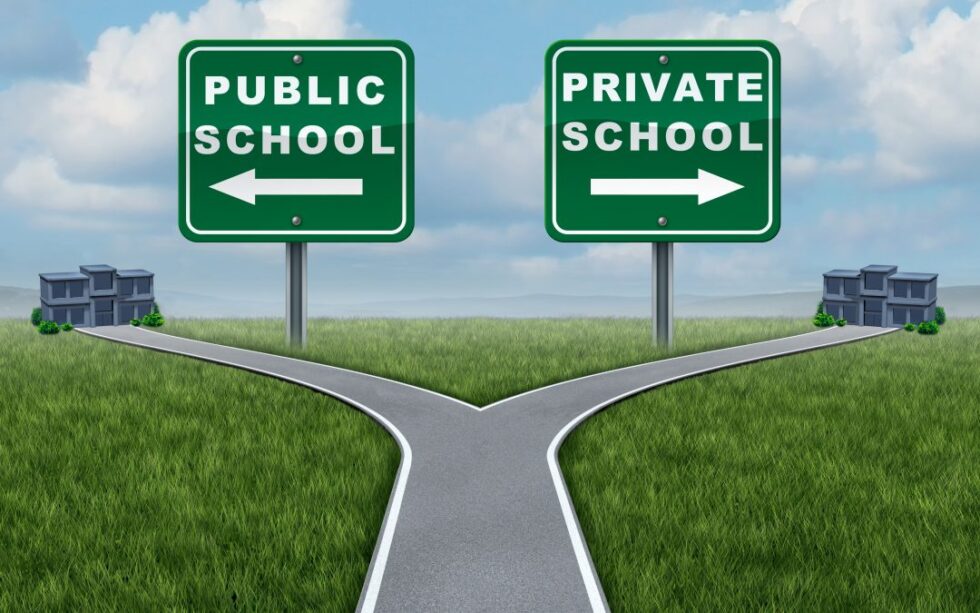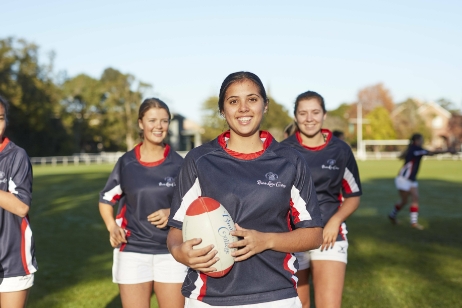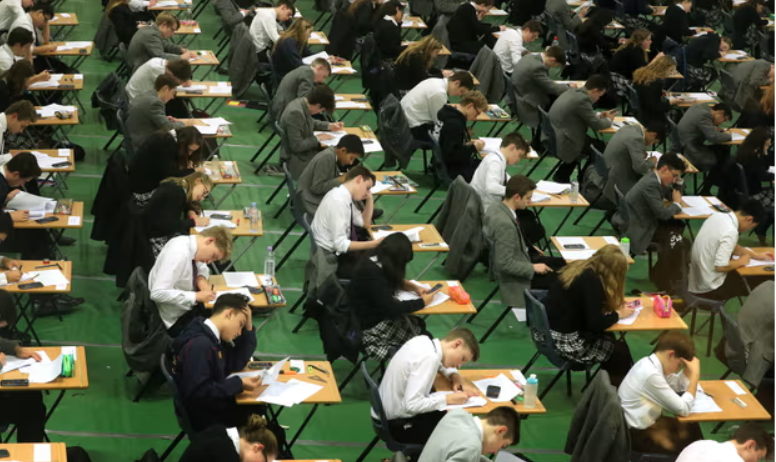
If you feel like you’re paying a lot for your child’s private school education, that’s because you probably are.
When we look at the international data, we see Australian households are contributing a lot more to their children’s education than other countries in the OECD.
Why is this happening? And why is it a problem?
What is the data?
I looked at the most recent OECD data on education (released in September 2023). This shows us how much private sources, including households, contribute to the costs of school education.
While the data does not specify which type of education (government, independent or Catholic), the OECD’s notes on how this data is collected refer to “private schooling”.
The analysis looks at primary and “upper secondary” school. In Australia, we generally understand this to be years 11 and 12.
For primary school, the OECD data shows “private spending” on education. This includes both households and sources such as companies and non-profit organisations. For upper secondary school, the OECD data shows household spending.
What do Australians spend compared to the rest of the world?
On average, private sources contribute 10% to primary education across the OECD. But in Australia, they contribute 20%. This makes Australia the fourth highest out of 40 countries.
In upper secondary school, on average, OECD households provide 9% of the total funding for school education.
But in Australia, households provide 21.4% of the total funding for these years. The only other countries with a slightly higher proportion are Hungary and Türkiye. The United Kingdom provides about 16% and New Zealand provides 6.5%. In Finland it is only 0.4%.
Why is this?
Australians contribute so much to the costs of their childrens’ education because so many students go to private fee-charging schools. This proportion is much higher than other OECD countries.
According to the Australian Bureau of Statistics, about 36% of Australian students go to non-government private schools with 64% going to public schools.
But enrolment significantly differs between primary and secondary schools. For primary, almost 69% of students are enrolled in public schools. For high school, this shrinks to 58%.
We also know tuition fees for private schools are increasing. For example, this year they have risen to almost A$50,000 per year per child in the senior years at the most expensive schools in Sydney.
We are seeing this “user-pays” mentality in public education, with parents being asked to donate funds for things such as school facilities and resources, as well as rising costs for basic items such as uniforms.
What can we do instead?
International research shows high-performing school systems are also equitable systems. This means they provide good quality education for the broad majority of students (not only those who can afford to pay).
From these figures, we can see how Australian households contribute far more towards school education than many other OECD countries. Beyond the individual pressure on families, this has an impact on how fair our system is and how well it provides for all students.
We know some other countries do not allow private schools to receive government funds and set their own fees. While this debate would be a controversial one, it does suggest we need to have a serious conversation about how private school fees are regulated in Australia.
Emma Rowe(Senior Researcher in the School of Education, Deakin University)




